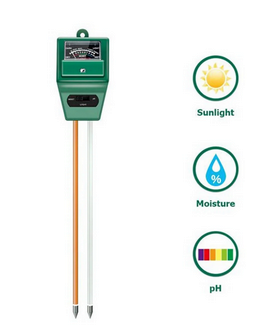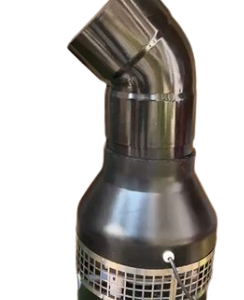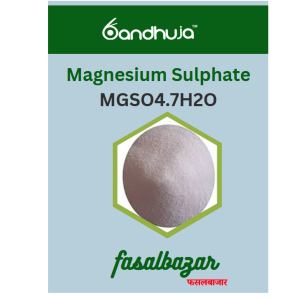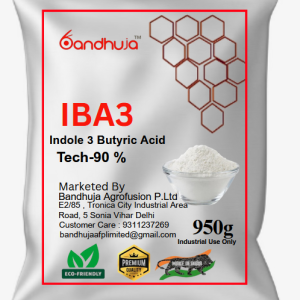Description
A soil moisture meter is a device used to measure the moisture content in soil. It helps gardeners, farmers, and horticulturists determine when to water plants, ensuring they receive the right amount of moisture for optimal growth. Here are some key features and types of soil moisture meters:
Key Features:
Measurement Units: Most meters provide readings in percentage (%), indicating the moisture level in the soil.
Analog vs. Digital:
Analog Meters: Use a dial and needle to show moisture levels.
Digital Meters: Provide a digital readout, often with additional features like backlighting.
Probe Length: Longer probes can reach deeper into the soil, which is useful for larger plants or gardens.
Additional Functions: Some meters also measure pH levels and light intensity, providing more comprehensive data for plant care.
Types of Soil Moisture Meters:
Simple Analog Meters: Basic devices that provide a quick reading of moisture levels.
Digital Meters: More advanced, often with features like memory storage and multiple measurement modes.
Tensiometers: Measure the tension of water in the soil, providing a more detailed understanding of moisture availability to plants.
Capacitive Sensors: Use electrical capacitance to measure moisture levels, often more accurate and less affected by soil salinity.
How to Use:
Insert the Probe: Push the probe into the soil at the root level of the plant.
Read the Measurement: Wait a few seconds for the reading to stabilize, then check the display.
Interpret the Results: Compare the reading to the moisture needs of your specific plants to determine if watering is necessary.







Reviews
There are no reviews yet.